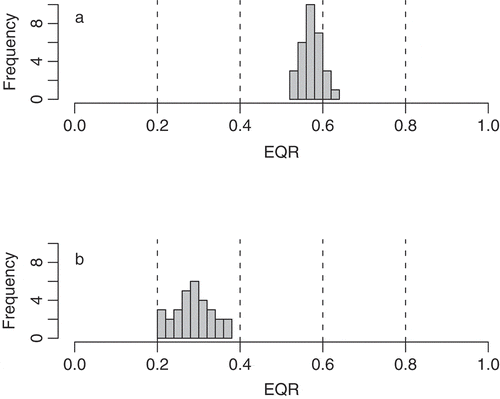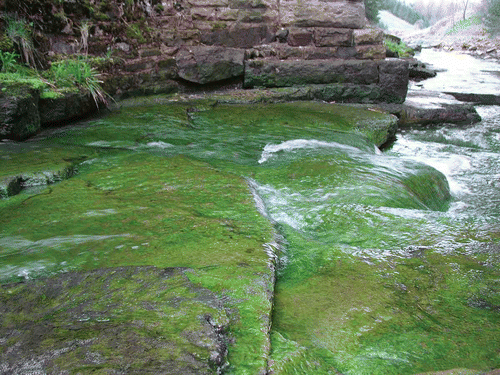Figures & data
Table 1. Normative definitions of ecological status for lakes and rivers. The general definitions refer to all biological quality elements in all water body types; definitions for ‘macrophytes and phytobenthos’ apply just to lakes and rivers. From Annex V of the WFD (European Union, Citation2000).
Table 2. National approaches to fulfilling the WFD’s requirement to assess phytobenthos in rivers. Information from European Union (Citation2008, Citation2013) and www.wiser.eu. ‘No method’ means that the State has neither submitted a national method to intercalibration nor provided information to the WISER database.
Table 3. National approaches to fulfilling the WFD’s requirement to assess phytobenthos in lakes. Information from European Union (Citation2008, in prep.) and www.wiser.eu. Only those states with formal assessment of phytobenthos or macroalgae other than charophytes are included in this table.

